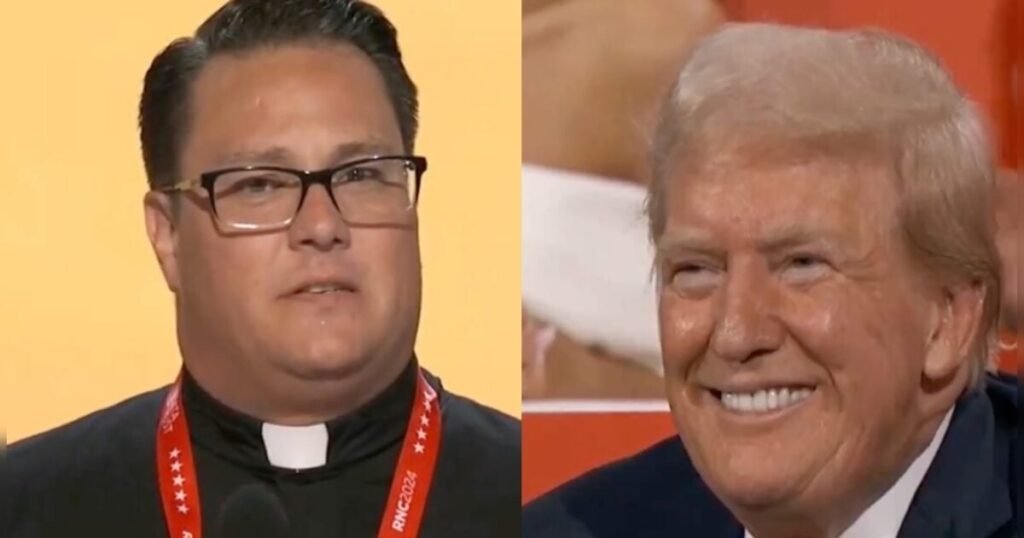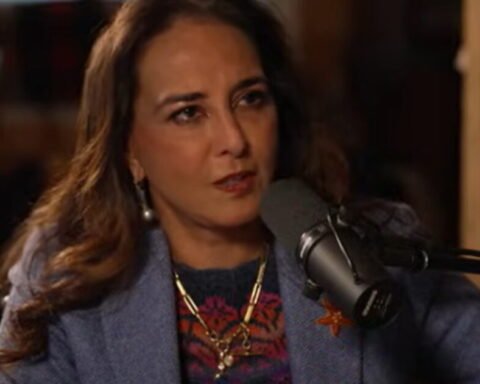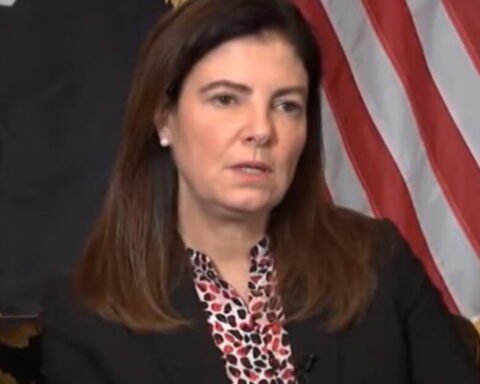
If you ask most people about the role of the Secret Service, they would say it protects the president and presidential candidates. However, the Secret Service now has various other functions unrelated to presidential protection, raising the question of whether guarding the president should be an “also.”
Additionally, the president used to be guarded by big, strong men. Why is it wrong to consider that men and women have different skills and sizes, and perhaps guarding the president should remain the domain of big, strong men?
The “Our Protective Mission” section of the Secret Service website explains that its original mission of presidential protection was approved by Congress in 1906. However, the current mission is much broader, stating: “One Integrated Mission, Protect our nation’s leaders and financial infrastructure.” It outlines four mission areas:
National Security: Protect world leaders, major events, and key locations.
Public Safety: Share threat assessment expertise for public safety.
Economic Safeguard: Protect the integrity of U.S. currency.
Cyber Investigations: Fight cybercrime to safeguard America’s financial infrastructure.
Mission creep could be one reason the Secret Service has struggled with its original mission, leading to numerous failures. This includes two dead presidents, one dead presidential candidate, and attempted assassinations on six U.S. presidents, two of whom were shot.
Additionally, attempted assassinations on presidential candidates have resulted in three being shot. Guarding the president and presidential candidates should be a priority, not a brief mention in the mission statement.
Following the failed assassination attempt on President Trump, widely circulated videos demonstrated the apparent ineptitude of female Secret Service agents.
This prompted Valentina Gomez, who is seeking the GOP nomination for Missouri Secretary of State, to comment on X, “My security detail is all men. Tier 1 operators and SEAL Team Six are all men. These women are diversity hires by the SS.”
The United States Secret Service has an Affirmative Action and a Diversity, Equity, Inclusion, and Accessibility Program, which covers, among other things, “sex (including pregnancy).”
This means a pregnant woman theoretically cannot be barred from being hired or from guarding the president. Currently, nearly 25% of agents are female.
However, Secret Service Director Kimberly Cheatle, a former employee of PepsiCo, has expressed her goal to increase the percentage of female agents to 30% by the end of the decade.
They claim that affirmative action does not mean passing over qualified candidates to meet quotas, but that is a mathematical fallacy. If agents were hired based on quality and qualifications alone, no specific diversity goal could be set or reached.
Moreover, physical standards for women are lower than for men, making female agents generally weaker and smaller. For example, the U.S. Army’s physical fitness standards for men aged 22-26 require 71 pushups, 80 sit-ups, and a 2-mile run in 13 minutes for a maximum score.
Women in the same age bracket need only 46 pushups, 80 sit-ups, and a 2-mile run in 15:36. For an excellent rating on the Secret Service fitness test, men aged 20-29 must complete 11 chin-ups, while women need only four.
In 2021, the 387th class of agents graduated, marking the first-time women trainees outnumbered men. It seems statistically unlikely that in 2021, the average man became weaker.
Until 1971, all Secret Service agents were male and had to meet height and weight standards. Today, there are no such requirements. The height requirement ensured that agents were the same height or taller than most presidents, making them more effective shields.
In photos from the attempted assassination of President Trump, a female agent, about five foot five, is shown trying to protect Trump with her smaller body.
These female agents were much shorter than Trump, who is reported to be six foot three, and smaller than the male agents, who were closer to Trump’s height. The female agents only reached Trump’s chest, effectively protecting his abdomen, which was already covered by a bulletproof vest.
Some of the video footage shows a female Secret Service agent awkwardly attempting to holster her weapon and then giving up. This is likely due to a combination of a lack of training and the interference of a protective vest.
Bulletproof vests are the same thickness for both women and men, but women’s shorter arms make it harder for them to draw or holster their weapons as easily as men with longer arms.
Mobility issues with female agents are another concern. The weight of a protective vest, weapon, ammunition, communication equipment, and other gear is essentially the same for both men and women.
However, this weight represents a larger percentage of a woman’s body weight, making it harder for her to move quickly or maintain stamina. Combined with lower physical fitness and strength requirements, this seems to create a prescription for ineffectiveness.
Conservatives are criticizing DEI and blaming female agents, arguing that big, strong men should be guarding the president. However, under the rules of woke, has anyone considered if any of these women identify as a big, strong man? That would be a loophole.
The post Mission Creep and DEI in the Secret Service appeared first on The Gateway Pundit.
Source: The Gateway Pundit
Disclaimer: TruthPuke LLC hereby clarifies that the editors, in numerous instances, are not accountable for the origination of news posts. Furthermore, the expression of opinions within exclusives authored by TruthPuke Editors does not automatically reflect the viewpoints or convictions held by TruthPuke Management.







